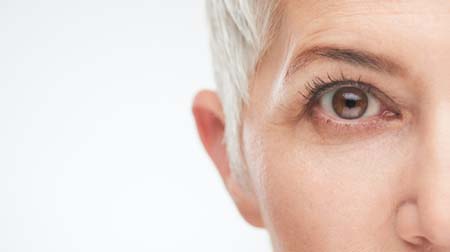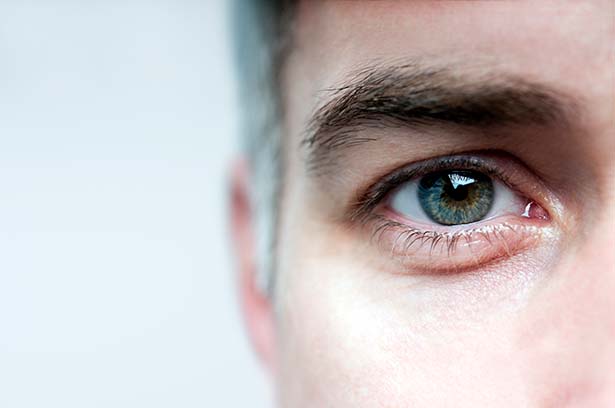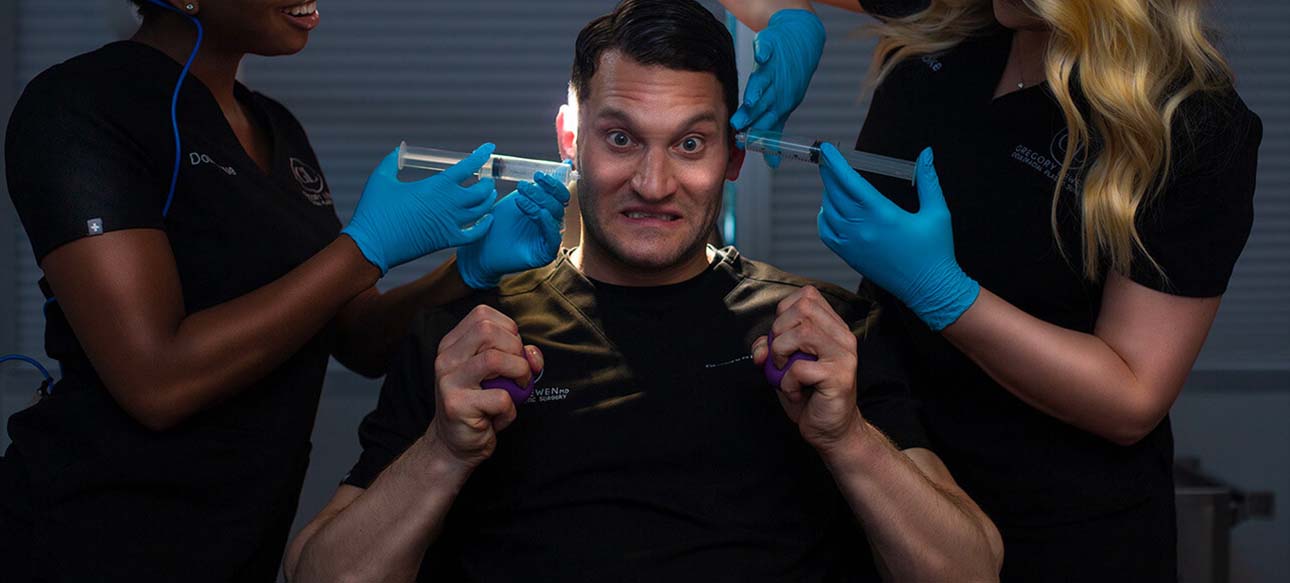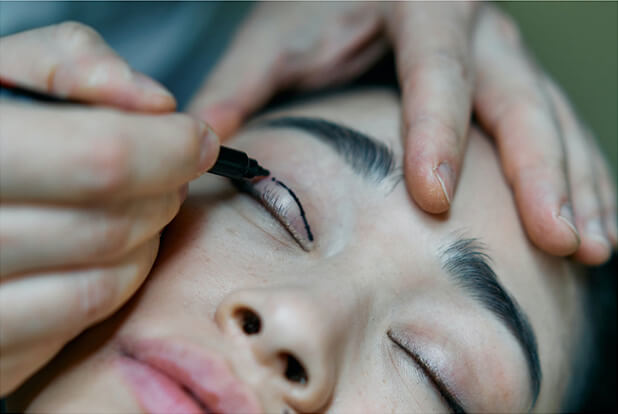What is the Recovery like After Droopy Eyelid Surgery?
Droopy eyelid surgery is generally a very safe and relatively painless procedure. Pain tolerance among patients can vary considerably. However, Dr. Lewen and his staff routinely show careful consideration to individual patient sensitivities in this delicate area around the eyes. Typically, if there is discomfort after droopy eyelid surgery, this is usually related more to a dry eye condition. Dr. Lewen will spend significant time with you during your surgical consultation discussing your dry eye risk factors, along with the precautionary steps that he recommends for you to take to ensure that you have the easiest time and least amount of discomfort through the healing process.
Dry eyes are the most common side effect of any eyelid surgery. Dr. Lewen typically advises all droopy eyelid surgery patients to use over-the-counter artificial tear or lubricating drops at least three to four times per day before and after eyelid surgery for best results and comfort. Depending on the extent of dryness, Dr. Lewen may also recommend a nighttime lubricating ointment for inside the eyes, such as Refresh PM, Systane Nighttime, or GenTeal gel. Dry eyes are a known side effect of any droopy eyelid surgery, and most people who undergo this surgery can expect some degree of dry eye symptoms in the post-operative period. Very often, these dry eye symptoms will settle down considerably after your initial healing period has passed. However, dry eyes can sometimes persist for a longer amount of time following droopy eyelid surgery. Dry eye conditions are actually very common in the general population, whether people realize that they have symptoms of dryness or not, and particularly as people age and their bodies do not make the same amount of moisture as when they were younger. Most dry eye conditions can be easily treated with over-the-counter artificial tear drops and lubricating ointment at bedtime. Dr. Lewen will review your specific dry eye risk factors during your consultation, and he will then be able to give you a better idea of how likely you may be to have dry eye issues following your droopy eyelid surgery.
Your brow position can frequently be affected by the position of your eyelids. In many cases, the brow muscle will try to compensate for an eyelid that has ptosis by pulling stronger on the same side. Often, a patient may not even realize that this is happening. Sometimes, patients who do not realize that they have eyelid ptosis may first notice a difference in brow position, or they may notice how one eyelid may appear to have more skin under the brow than the other one. After droopy eyelid surgery, your brow position may change. Sometimes, this change can be predictable. Other times, it can be somewhat more difficult to predict brow changes ahead of time. If you have concerns regarding how your brow position may be affected by droopy eyelid surgery, you should discuss these concerns with Dr. Lewen at the time of your consultation.
When considering any eyelid surgery, it is important to inform your surgeon of any abnormalities of your eyes, your vision, or your general medical health. Dr. Lewen requires all functional and cosmetic eyelid surgery patients to have a full eye exam with dilation completed by your primary eye doctor within the last year before scheduling surgery. Surgery should be scheduled for a time when you can relax for at least one to two weeks. It is important to avoid any strenuous activity, heavy lifting, or bending down during this time to avoid complications and to promote the best healing situation. Depending on your degree of eyelid ptosis, the type of procedure performed, and the amount of eyelid ptosis that was corrected, patients can have somewhat variable amounts of recovery time. For the average patient undergoing droopy eyelid surgery, most of the swelling and bruising are generally healed in the first few weeks after surgery.
It is also important to avoid taking any blood-thinning medications or supplements for at least two weeks prior to surgery. Dr. Lewen’s staff will review a list of common medications, supplements, and vitamins that can cause your blood to be thinner.
Please note: If you have been placed on a blood-thinning medication by your doctor for a medical reason, you will need to ask your doctor’s permission before stopping any such medications. Dr. Lewen will never instruct any patient to stop taking a blood-thinning medication without first consulting with a primary care physician.















